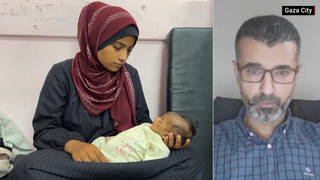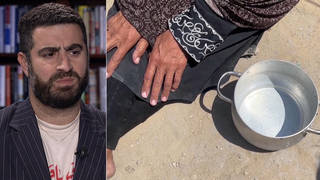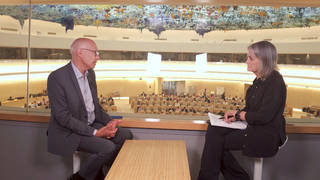
The U.S. military was not the first to impact the lives of the Inuit.
From the age of polar exploration comes the story of Minik, a young Inuit (or Eskimo) boy from northwesternGreenland. In 1897, the American explorer Robert Peary brought Minik, his father and four others to New York andpresented them to the American Museum of Natural History as one of six Eskimo “specimens.” Four members of the group,including Minik’s father, quickly died of exposure to strains of influenza to which they had little resistance.Another survived and returned to Greenland.
During his twelve years as the only Inuit in New York City, Minik was stared at by the paying public, examined bydoctors and scientists, and doted on by society ladies. Minik’s life was truly shattered when he discovered hisfather’s skeleton on display in the Museum.
We will turn now to Kenn Harper, who is the author of the incredible book, ??Give Me My Father’s Body: The Life ofMinik, the New York Eskimo. Kenn Harper has lived in the Arctic for over thirty years in Inuit communities inthe Baffin Region and in Qaanaaq, Greenland (from where Uusaqqak Qujaukitsoq spoke to us earlier). He speaksInuktitut, the Eskimo language of the eastern Canadian Arctic, and has written extensively on the northern historyand the Inuktitut language.
I interviewed him when the book was published.
Tape:
- Kenn Harper, author of ??Give Me My Father’s Body: The Life of Minik, the New York Eskimo (SteerforthPress, 2000).
??
????
????
????
??












Media Options